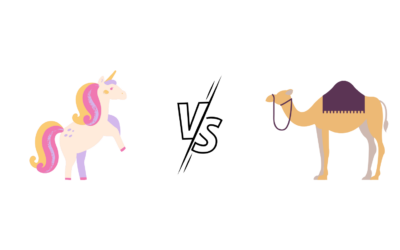The biggest innovation in healthcare in the last ten years might just be the smartphone in your pocket. The same technology that has revolutionized communications, navigation, and entertainment is poised to similarly revolutionize human health.
The question is how.
Students from all across the University of Nebraska Omaha are answering that question. Working with Dr. JC Chien, they are starting with the smartphone’s camera.
“How you move tells us so much about your health” said Dr. Chien. “And everyone has a camera nowadays.” Dr. Chien invented an algorithm that can accurately extract human motion from video footage—on a laboratory computer. Working with students at the University of Omaha, the team is turning that algorithm into an app. It will turn a smartphone into a sophisticated medical instrument.
“When we first saw this project, I was a kid in a candy store,” said Erik Peterson, UNeTech’s Strategy and Venture Manager. “What is the biggest, most valuable market we could go after with mobile motion capture?” Peterson led a team of undergraduate business students as a graduate assistant working in UNO’s Bullpen, a student-led strategy analysis think tank. Since graduating, Erik took a full-time position at UNeTech and now coordinates the Bullpen’s efforts to analyze business concepts emerging from University research or community founders.
“When we looked at all the applications the inventors had thought of, back pain just kinda jumped out at me” Peterson recalled. “It’s this enormous market in need of a good solution – a killer app.” Once he knew the market, Peterson was able to guide the development of a first product.
Now the motion capture application project is in the hands of another set of students. The University of Nebraska Omaha College of Information Science and Technology is taking Dr. Chien’s algorithm and building an application that will conduct motion capture in real time. More than a technology demonstration, the app is a first iteration of a product that will one day help diagnose and stage back pain.
It’s also the first of many applications, from assessing range of motion to gait dysfunction, but they all start with taking Dr. Chien’s algorithm out of the lab and onto a phone. “We have such amazing tools in the laboratory,” Dr. Chien said. “I am so excited to see them everywhere and to have motion analysis become a part of medical diagnosis!”




